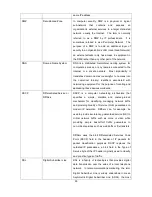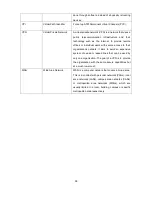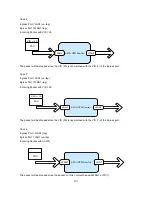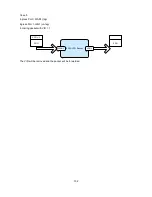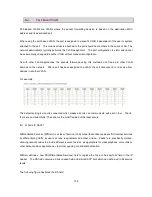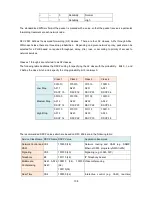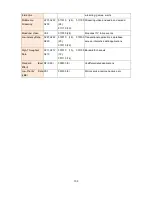
106
B
B
-
-
2
2
.
.
P
P
o
o
r
r
t
t
-
-
B
B
a
a
s
s
e
e
d
d
V
V
L
L
A
A
N
N
Port-Based VLANs are VLANs where the packet forwarding decision is based on the destination MAC
address and its associated port.
When using the port-based VLAN, the port is assigned to a specific VLAN independent of the user or system
attached to the port. This means all users attached to the port should be members in the same VLAN. The
network administrator typically performs the VLAN assignment. The port configuration is static and cannot
be automatically changed to another VLAN without manual reconfiguration.
As with other VLAN approaches, the packets forwarded using this method do not leak into other VLAN
domains on the network. After a port has been assigned to a VLAN, the port cannot send to or receive from
devices in another VLAN.
For example,
The default setting is all ports connected which means all ports can communicate with each other. That is,
there are no virtual LANs. The option is the most flexible but the least secure.
B-1. What is IP DSCP?
Differentiated Services (DiffServ) is a class of service (CoS) model that enhances best-effort Internet services
by differentiating traffic by users, service requirements and other criteria. Packet are specifically marked,
allowing network nodes to provide different levels of service, as appropriate for video playback, voice calls or
other delay-sensitive applications, via priority queuing or bandwidth allocation.
DiffServ defines a new DS(Differentiated Services) field to replace the Type of Service(ToS) field in the IP
header. The DS field contains a 2-bits unused field and 6-bits DSCP field which can define up to 64 service
levels.
The following figure illustrates the DS field:


